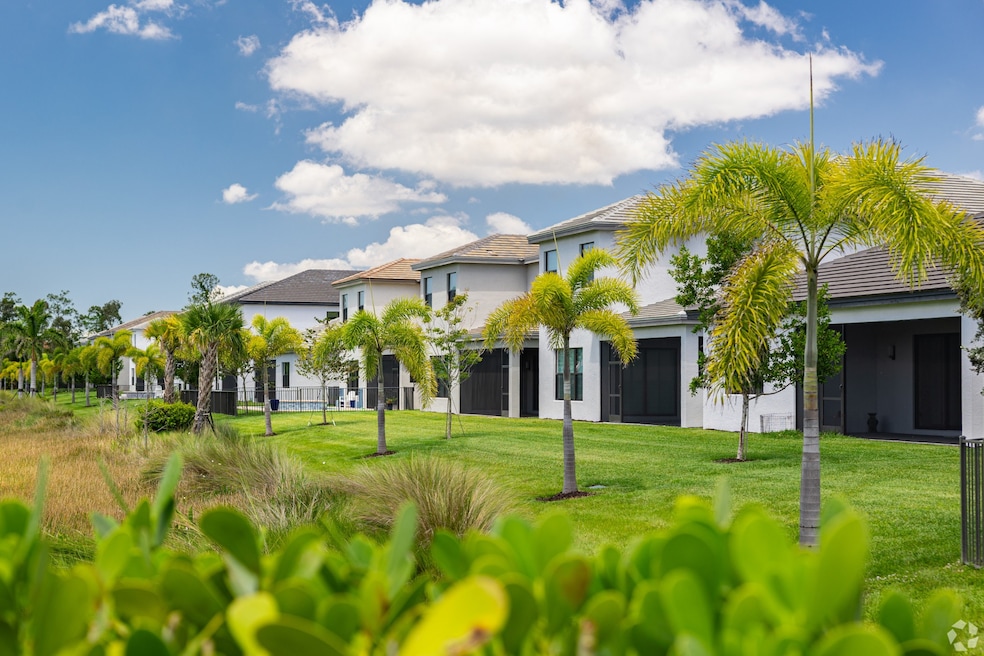Investors still seek single-family homes
More than a decade after real estate investors helped the U.S. housing market recover from a severe decline, speculators remain a force when it comes to buying single-family homes, a new report shows.
Investors bought a third of all U.S. houses sold in the second quarter of 2025, the highest percentage in the past five years, according to the BatchData firm. Investors own roughly 20% of the nation's 86 million single-family residences.
“Interestingly, while the percentage of single-family homes purchased by investors rose to a five-year high, the actual number of homes purchased during the second quarter of 2025 was 16,000 fewer than a year ago,” said BatchData Co-Founder Ivo Draginov, in a statement. “So the relatively high percentage of home purchases by investors is at least partly due to overall home sales being weaker in Q2 2025 than they were in Q2 2024.”
From 2007 to 2011, the housing market suffered its worst downturn since the Great Depression. Beginning in 2012, investors started buying foreclosed homes, fixing them up and reselling them, a trend that led to higher prices and launched a long-term housing resurgence.
Fannie Mae drops home sales forecast
Despite lower interest rates recently and the prospect of additional rate cuts this year, mortgage giant Fannie Mae expects fewer U.S. home sales this year than it previously anticipated.
In a September economic and housing outlook, Fannie revised its 2025 forecast to 4.72 million, down from 4.74 million. It projects 5.16 million sales in 2026, compared to 5.23 million previously.
Mortgage rates have inched down recently and likely will fall further after the Federal Reserve last week voted to drop its key interest rate and signaled future cuts. Analysts expect the lower rates to attract prospective buyers who have so far hesitated to jump into the market.
While new home sales were up in August, analysts said that did not mean the overall industry is set for a quick rebound, especially as builders reduce incentives offered to buyers.
Moreover, borrowing costs remain well above the historically low levels from the pandemic era, a factor that ultimately could dim the outlook for sales, industry observers say.

